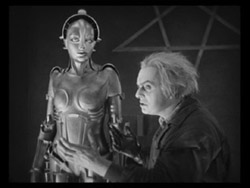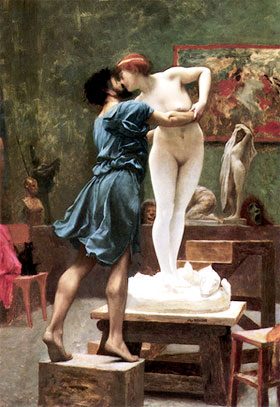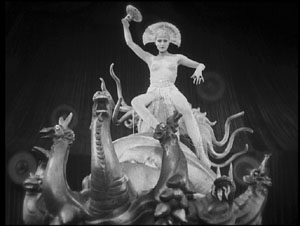
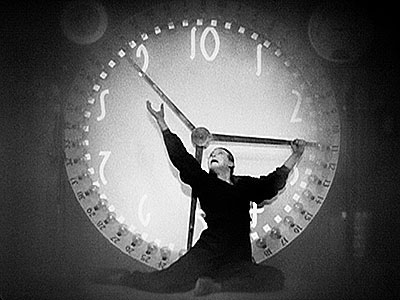
An examination of gender, religion,
and other issues
in one of SciFi's most famous films
| Religion and Mythology in Metropolis | ||
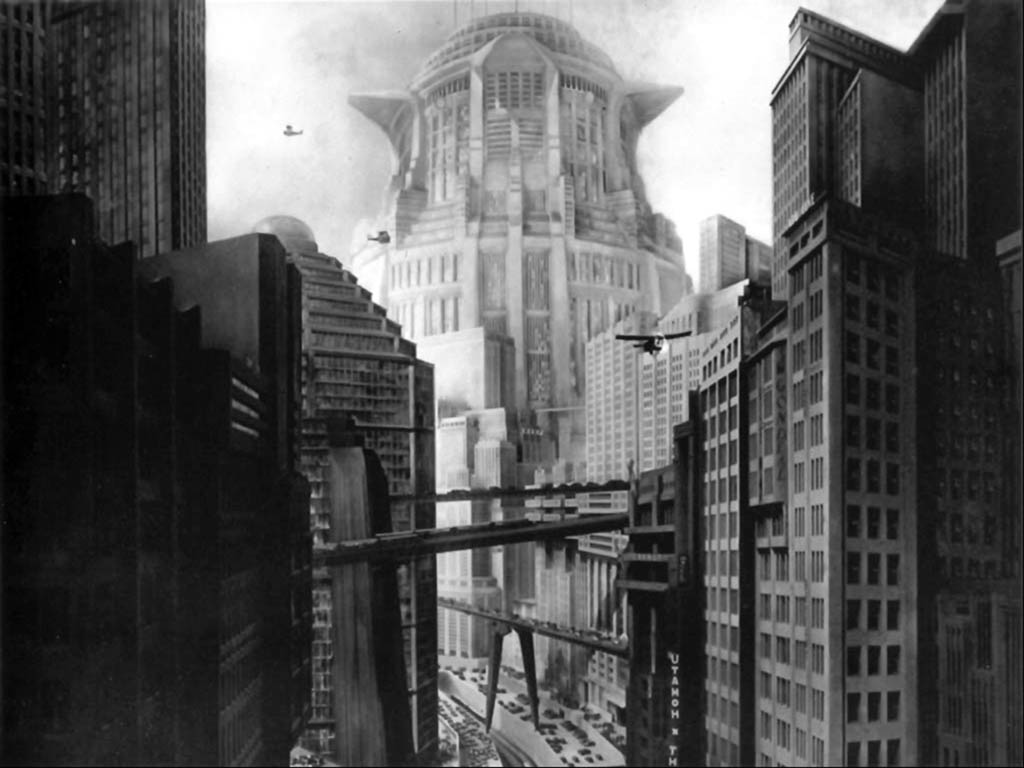 |
Tower of Babel | |
The story of the Tower of Babel that Maria tells the workers in the movie is not entirely accurate to the original Bible story. Maria says that the reason the tower did not survive was because of a lack of communication between those who planned the tower and those who did the manual labor. According to the New International Version of the Bible, the tower was built by humans in an attempt to reach the heavens, and destroyed by God when He made the people unable to understand each other. The point that Maria is trying to drive home, however, still remains. Unless there is communication between people, nothing can ever be accomplished because everyone's needs simply cannot be met. In the film, the Upper city represents the Tower of Babel that is nearly brought down when the workers rebel and flood the Lower city, thus cutting off the source of power for the rest of the city. |
||
